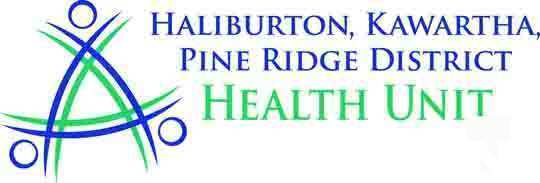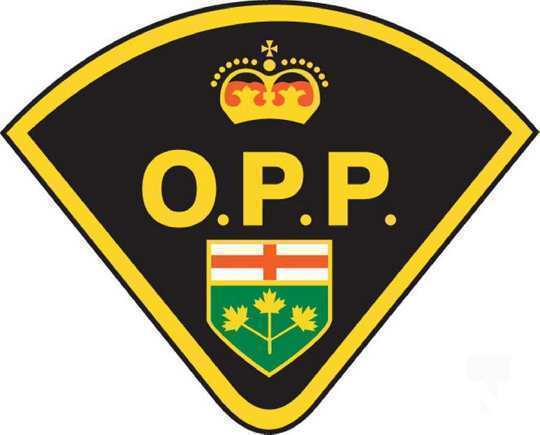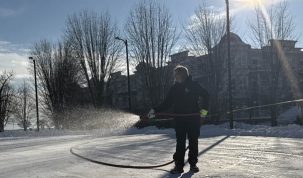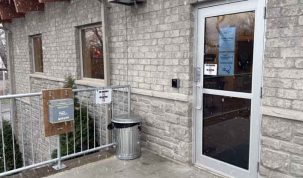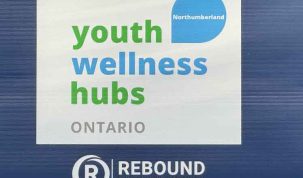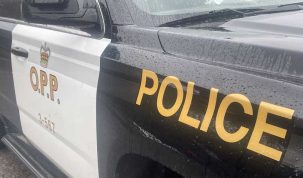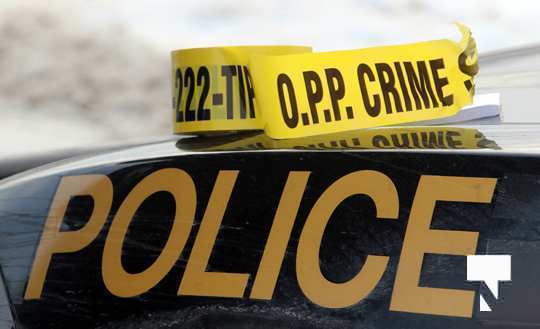A recent increase in the number of opioid overdoses in the area is prompting the local Health Unit to sound the alarm.
The Haliburton, Kawartha, Pine Ridge District Health Unit is issuing an alert, based on reports from its community partners that more overdoses are occurring in City of Kawartha Lakes. Over the past 48 hours, there have been nearly five overdoses resulting in hospitalizations in the community.
There is concern that these overdoses may be the result of a contaminated or poisoned drug supply, of inconsistent or increased potency, causing more severe overdose reactions.
“We are issuing this alert to make community members aware that more drug overdoses are occurring in the City of Kawartha Lakes and remind everyone to be extra vigilant,” says Catherine MacDonald, a Registered Nurse and Substances and Harm Reduction Coordinator with the HKPR District Health Unit.
The Health Unit reminds anyone who uses drugs (or those who know someone who does) to follow these safety tips:
• Test a small amount of drug before you use.
• Never use alone.
• If you are alone, call the National Overdose Response Service (NORS) virtual safe consumption at 1-888-668-NORS (6677),
or use a buddy system and call a friend.
• Ensure that emergency services can be contacted in the event of an overdose.
• Avoid mixing your drugs.
• Keep a naloxone kit on hand. You can get a naloxone kit at most pharmacies and needle exchange sites.
Naloxone is an emergency medicine that temporarily reverses the effects of an opioid overdose until the victim can get to hospital for treatment. Naloxone is recommended to be used in all suspected drug overdoses, due to the possibility of opioid contamination or poisoning. Many local police and emergency responders already carry naloxone. Free kits are also available to people who use opioids, as well as their family and friends. To find exact locations for free naloxone kits, visit the Ontario government website (www.ontario.ca/naloxone).
MacDonald also encourages people to intervene if they see someone who is overdosing. Call 9-1-1 and give the person naloxone.
She notes the Good Samaritan Act protects anyone trying to help in an emergency from possible legal repercussions. The Good Samaritan Drug Overdose Act also protects people on the scene of an overdose from being charged for possessing or using drugs.
Signs of an overdose include: very large or very small pupils, slow or no breathing, cold and clammy skin, blue or purple fingernails or lips, and snoring or gurgling sounds. Often in drug overdoses, it is also difficult to wake up the person.


